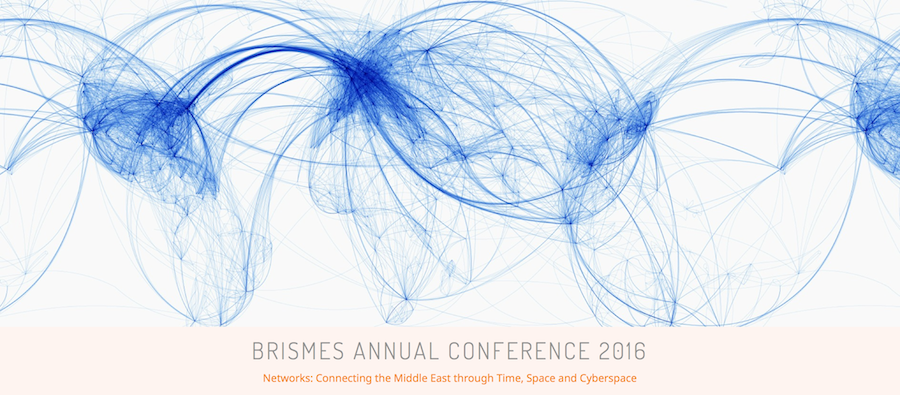Cultural Dialogues: Nodes, Networks, and Sites of Intersection, Aga Khan Documentation Center at MIT session at British Society for Middle Eastern Studies Annual Conference, University of Wales Trinity St David, Lampeter Campus, July 13–15, 2016
The Aga Khan Documentation Center at MIT is seeking presenters for a session at the BRISMES Annual Conference 13–15 July 2016.
Our panel will explore the functions and structures of the nodes and networks operating within North Africa and the Middle East, as well as the networks that connect people in those places with others outside the region. The networks may be historical or contemporary, and the means through which they function may be considered from a variety of contexts and perspectives. For example, papers may consider how real world or cyber nodes and networks have functioned in the growth and development of cities, the diffusion of knowledge and culture, the creation of communities, organizing social actions, etc. Papers may approach the subject with temporal or geographic specificity, or they may take a comparative view. Topics to explore may include one or more of the following questions:
- How have networks and nodes functioned in patterns of urbanization or the diffusion and adaptation of knowledge or culture through the history of Muslim societies?
- How can these networks best be mapped or represented?
- How can a consideration of nodes and networks be useful in understanding these processes?
- To what extent are these networks intersecting, interdependent or overlapping?
- How are historical and physical networks analogous to informational technology and online social networking?
- Do nodes on networks reinforce or undermine dichotomies such as center/periphery and metropole/colony?
- Can centers of education be considered nodes in networks of knowledge? How do these physical structures compare to those in cyberspace?
- What does an analysis of networks, historical or virtual, reveal about social and political structures?
This list is not exhaustive, and other topics may be considered. Participants will fund their own travel and participation.
